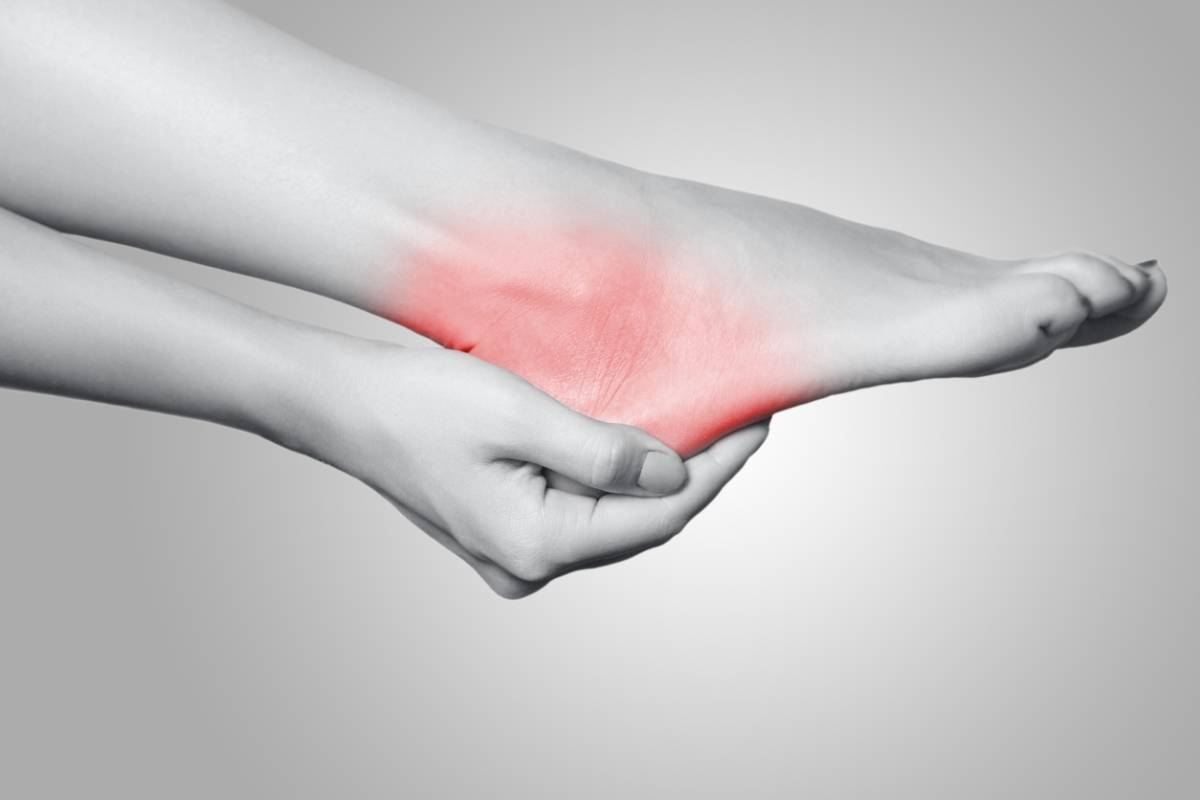The health of your feet is often unnoticed until there is an issue. However, your feet are an integral part of your daily life. Issues with them can make regular tasks extremely difficult. Your feet have a number of bones, ligaments, and joints that allow them to properly function. You also have fat pads that cushion your heel. Heel fat pad syndrome occurs when the fat pad thins out. This can be painful and cause other unwanted issues. However, there are effective treatment options. Below you will find how to experience long-term relief from fat pad syndrome.
How to experience long-term relief from fat pad syndrome
Fat pad syndrome is a condition that impacts your feet. It is characterized by the thinning of the fat pad that supports and cushions your heel. It can be extremely painful and impact your daily life. If left untreated, it can impact your gait and reduce your ability to effectively move around. Finding an effective way to address the issue is critical.
Fat pad augmentation is an effective way to address the issue as it provides long-term results. There are two types of fat pad augmentation options. The first involves using your own fat to cushion your foot. The second option is a synthetic graft. Both options are highly effective for patients who have severe fat pad thinning.
Symptoms of Heel Fat Pad Syndrome
Heel fat pad syndrome comes with painful symptoms. The most common is a deep pain that is bruise-like in your heel. This can be felt in the middle of your heel when you walk, stand, or run. You may also experience pain when you press on your heel. If you notice that your pain gets worse when you are standing or walking for long periods, heel fat pad syndrome may be the case. This can also occur when you do high-impact activities or stand on hard surfaces.
Mild cases may only cause pain when you are doing certain activities. However, severe cases can cause pain more often, if not all of the time. This may require more intense treatment, such as a fat pad augmentation. Mild cases can benefit from more conservative treatment options. This is why getting treatment early on is important.
Fat Pad Syndrome Treatment and Aftercare
If you experience any of the symptoms associated with heel fat pad syndrome, schedule an appointment with a podiatrist. They can diagnose your issue and provide you with a customized treatment plan. The treatment depends on a number of factors, including how severe your heel fat pad syndrome is. Working with a skilled and experienced podiatrist can ensure you are pain-free. One of the most important factors after heel fat pad treatment is preserving your results.
Maintaining Your Results
There are a number of ways you can ensure your heel fat pad augmentation results last. Consider the following tips after your treatment.
- Post-Treatment Instructions: Follow your podiatrist’s instructions on how to care for your feet after treatment
- Supportive Footwear: Choose shoes that are supportive, fit, and minimize the amount of pressure placed on your fat pads
- Weight Management: Maintain a healthy weight to reduce the amount of pressure on your feet and fat pads
- Avoid Certain Activities: Choose activities that don’t put too much pressure and strain on your feet
- Regular Checkups: Monitor any symptoms and follow up with your podiatrist regularly to ensure your progress
- Take Breaks: Listen to your body and take the necessary breaks when needed
Treatment at Foot and Ankle Concepts
The team at Foot and Ankle Concepts is skilled in all areas of podiatry. We provide effective treatment options and are committed to our patients’ success. Contact our office today to schedule a consultation!


